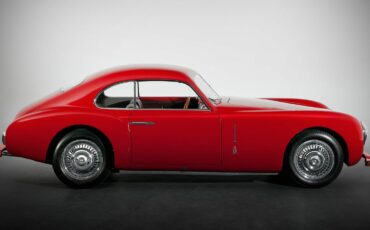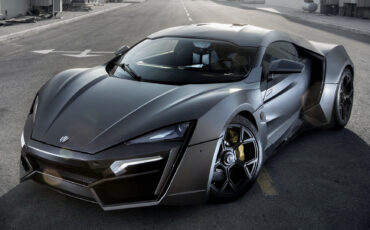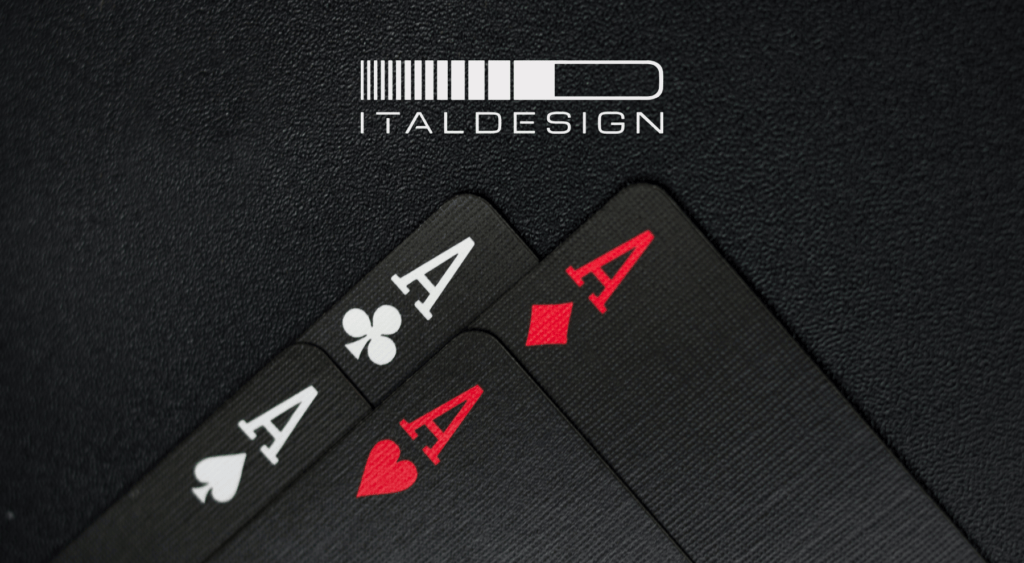
During the 1970s, Italdesign Giugiaro unveiled a series of sports cars with very similar designs for different car manufacturers which, in terms of name represent the 4 (3) aces of poker cards, Those models where:
- Asso di Picche
- Asso di Quadri
- Asso di Fiori
All three models had positive feedback from the public, but only the Asso di Fiori had a productive following which became the Isuzu Piazza.
Asso di Picche ♠
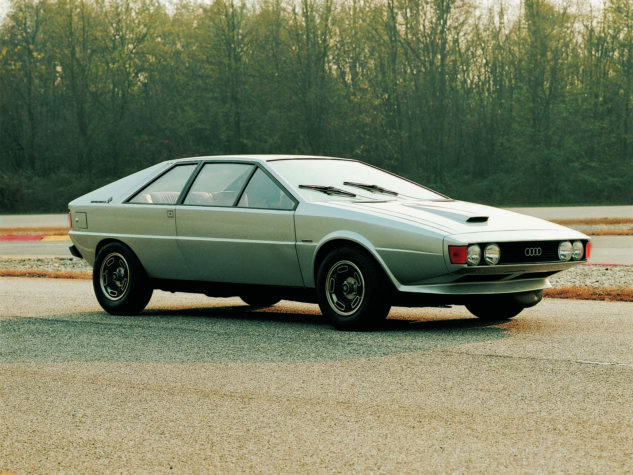
In 1973, Italdesign, requested by german coachbuilder Karmann, known for several collaborations with Volkswagen Group brands, unveiled the first model of the “Aces” series under the name Asso di Picche (Ace of Spades) at the Frankfurt Motor Show. The model was built on the basis of the already well-known Audi 80; it was thus equipped with a longitudinal engine, front-wheel drive with a MacPherson-type front end and a rigid-axle rear end. For the mass-produced vehicles, which were never made, it was assumed that the powertrains already present on the car from which it was derived would be used, namely the 55-hp 1.3L and the 75-hp or 85-hp 1.5L belonging to the VW-Audi EA827 family.
Asso di Quadri ♦
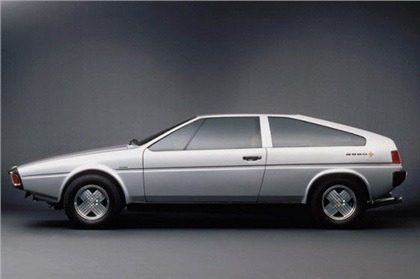
Three years later, in 1976, again requested by Karmann’, Giugiaro presented an immediately mass-producible coupe, the Asso di Quadri (Ace of Diamonds), at the Turin Motor Show. The Asso di Quadri inherited only the name from the previous series while the mechanicals were derived from the BMW E21. The engine was still longitudinal but it was rear-drive; the front end was still MacPherson, while the rear end had triangular arms. The engine was the 2.0L, 109-hp 4-cylinder M10 of the E21 320i. The Asso di Quadri had also a three-box design and received the same treatment as the Asso di Picche by being transformed into a coupe. It presented, however, smoother and more aerodynamic lines than the 1973 version. Unfortunately, the fate of the Asso di Quadri was the same as the Asso di Picche and as a result it also had no production follow-up. Nevertheless, Giugiaro two years later, in 1978, repurposed the styling of the Asso di Quadri as the basis for the future BMW M1.
Asso di Fiori ♣
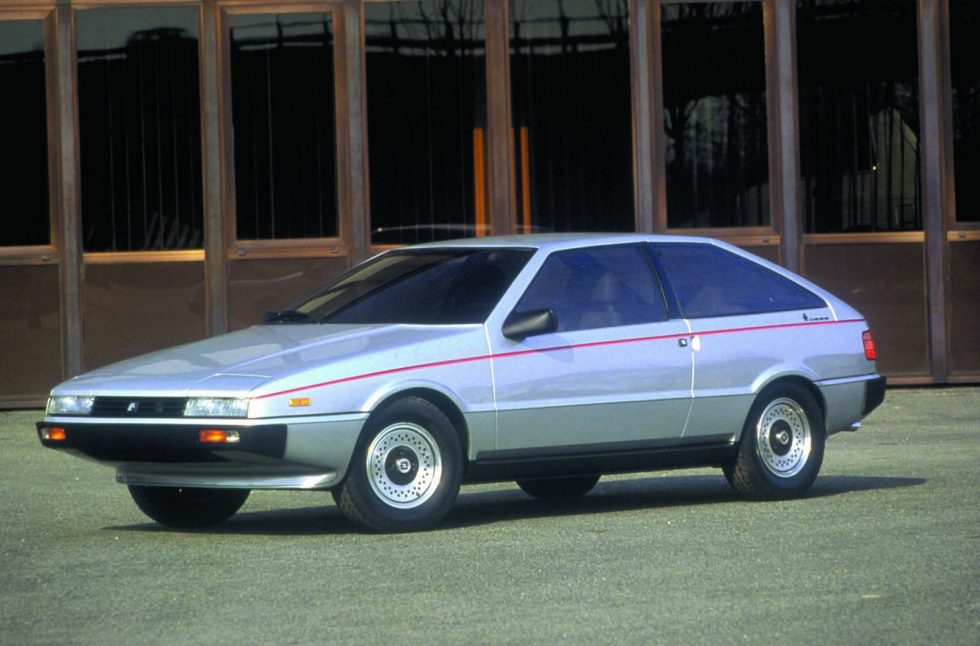
In 1978, the Japanese manufacturer Isuzu asked Giorgetto Giugiaro to design a new sports car to replace the 117 Coupe; thus, in 1979 during the Geneva motor show, the last product in the series, the Asso di Fiori (Ace of Clubs), was unveiled at the Italdesign stand. This version was built on a Gemini base, which was derived from the Opel Kadett C of the General Motors group. The mechanics remained faithful to the classic mechanical scheme of longitudinal front-engine rear-wheel drive with an articulated wishbone front end, while the rear end confirmed the rigid axle solution with Panhard bar. The engine was a 130-hp Isuzu 1.8L. The Ace of Clubs innovations consisted mainly of the elimination of exterior drip pans, windows flush with the body, and doors and hatches designed so that the sheet metal wrapped around and covered the center pillar and roof. That same year the prototype was unveiled by Isuzu at the Tokyo Motor Show, earning positive reviews and the green light for production under the name Isuzu Piazza.
Asso di Cuori ♥
Giugiaro was also intent on creating the Ace of Hearts (Asso di Cuori), but the project was never realized.
Asso di Picche in Movimento♠
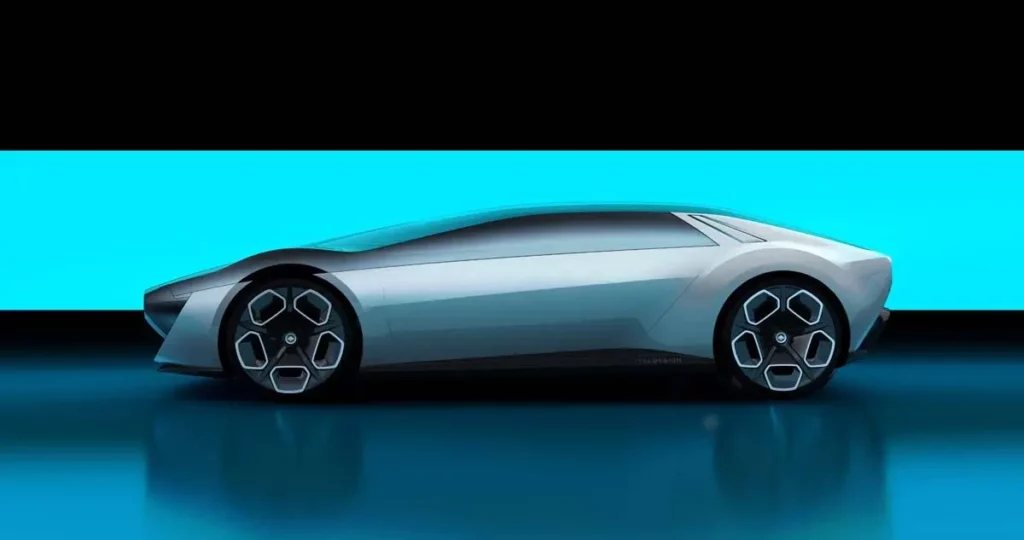
At the 2024 Milano Design Week, Italdesign showcased the eagerly awaited Asso di Picche In Movimento coupé, translating to “Ace of Spades in Motion.” Stepping beyond its digital origins, this concept car made a remarkable entrance into the physical realm as a full-scale model. Drawing inspiration from the iconic 1973 Audi Asso di Picche, this EV concept car marks a significant leap in automotive innovation. The Asso di Picche In Movimento pays homage to its predecessor while embracing the latest advancements in electric vehicle technology. The coupé, with its distinct design and electrifying features, captures the essence of the original model and propels it into the future. Italdesign’s commitment to blending heritage with cutting-edge innovation is evident in this unveiling, showcasing their prowess in automotive design and dedication to shaping the future of mobility.

